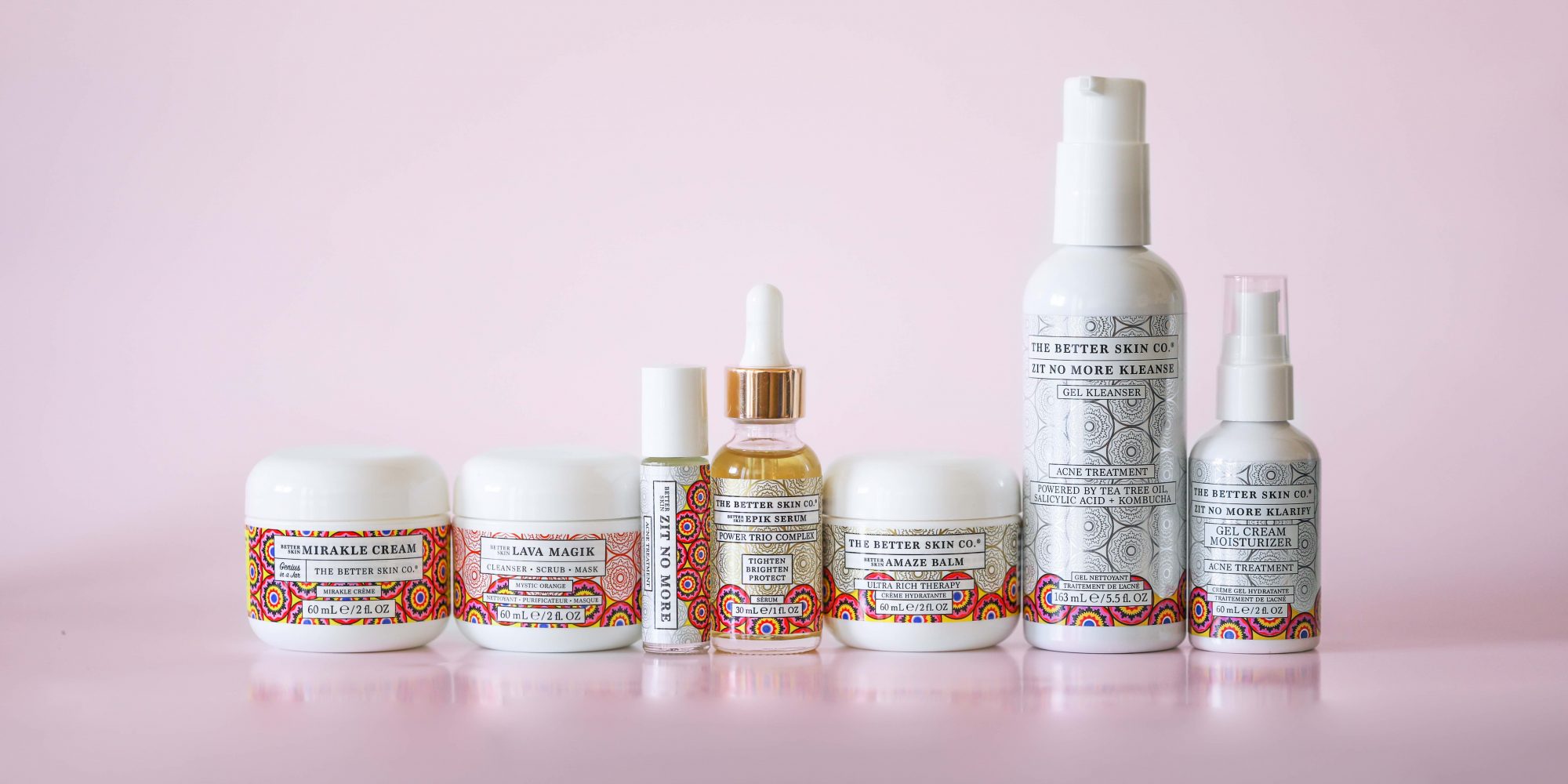
The Better Skin Co. Enters Costco As It Tweaks Its Distribution Strategy To Pull Back From Traditional Retail
The Better Skin Co. is out to make its business better.
After kicking off in 2015 with an emphasis on traditional retail distribution, the indie skincare darling is moving away from pursuing brick-and-mortar stores excluding standalone large-volume orders to concentrate on building its direct-to-consumer operations. The Better Skin Co. is currently entering 100 Costco locations and phasing out of Ulta Beauty, where it’s been sold chain-wide at more than 1,200 doors since last year, with the goal of increasing sales through its website and Amazon from 10% to 70% of annual turnover in three years.
“Every other company that launched when we launched had a digital-first strategy, and we were a little behind. We’re now starting to do all the things we need to do to really be a digital brand, and part of what we are doing is pulling out of some of our retailers to redirect money that would go to them to our website,” says The Better Skin Co. co-founder Murphy D. Bishop II. “Although the retailers have been great for recognition and big orders here and there, it costs a fortune to keep them going.”
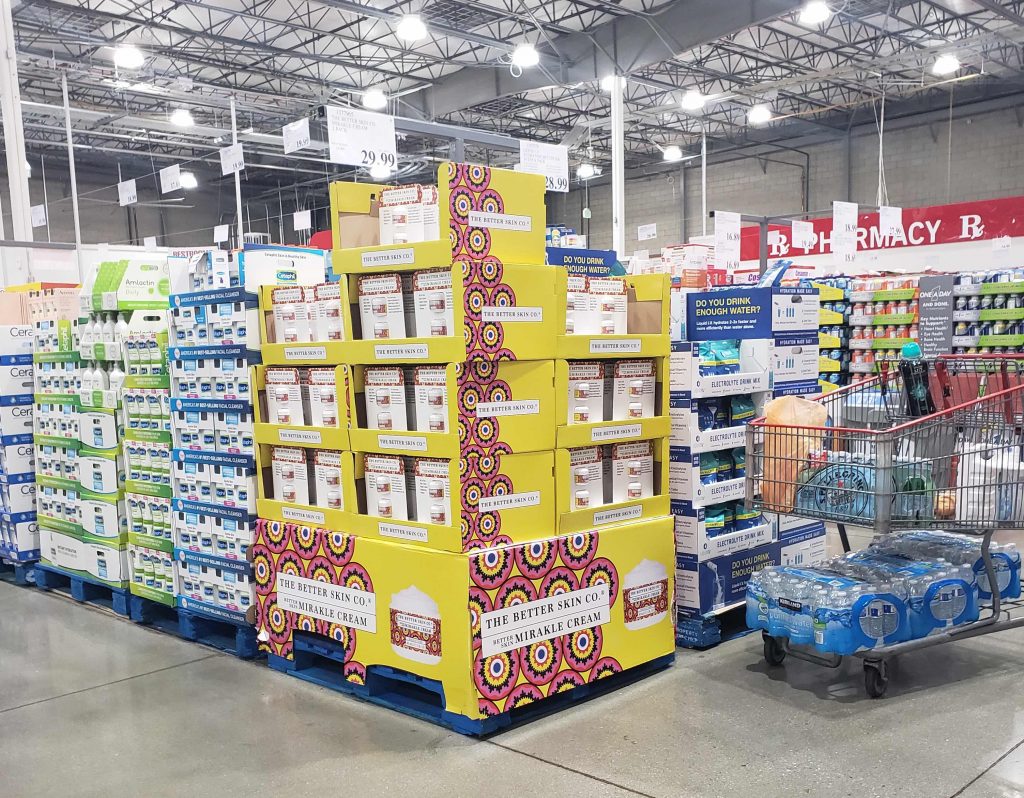
Bishop realizes that The Better Skin Co.’s departure from Ulta is risky, but he doesn’t shy away from taking risks to course-correct. For example, he mentions the brand spent $50,000 to $75,000 a year on participating in Beautycon and Cosmoprof as it was getting off the ground, which he believes were important to boost brand awareness and social media reach, but pivoted away from them this year to put the funds that would be dedicated to them toward amassing a customer email database. As a result, The Better Skin Co. has enlarged its customer email list by 300%.
The brand is also refining its approach to merchandise releases. In 2019, The Better Skin Co. unveiled five products, including Epik C Toner, Super Shield Toner and Super Shield Serum, and Bishop thinks five was too many. The brand’s core message is focused on clean, multitasking formulas for all people, and the message was muddled as it pumped out products. In 2020, The Better Skin Co. will unveil two products, a night repair item and an item with a contemporary twist on anti-aging. Today, the brand has nine products priced from $18 to $60.
“We’re now starting to do all the things we need to do to really be a digital brand.”
Costco has picked up 25,000 sets of two of The Better Skin Co.’s hero stockkeeping unit Mirakle Cream for $29.99. Full retail price for a single Mirakle Cream is $34. “If you go into Nordstrom, they might test you in 10 doors to see how you do. If you go into Costco, they push you out to a much larger number of doors at a highly-discounted rate to blow through the inventory. However, even with that highly-discounted rate, they are a very fair retailer,” says Bishop. “They are not out for blood with their vendors, which is nice, and they’re super easy to work with. They openly share their data, and they know what’s going on in their locations, and what’s going to work there.”
Bishop created The Better Skin Co. with Natalya Rachkova, a medical aesthetician and immigrant to the United States from Uzbekistan whose cult skincare recipe The Better Skin Co.’s Mirakle Cream is based on. The brand’s packaging features vibrant Uzbek patterns as a nod to Rachkova’s heritage. Prior to teaming up with her on the brand, Bishop held positions at Jouer Cosmetics, Butter London and Bare Escentuals. His background was heavy in physical retail, so breaking into physical retail was his distribution objective for The Better Skin Co. early on, and he realized it. The brand rolled out to Urban Outfitters, American Eagle and Bloomingdale’s as well as Ulta. It’s still in Bloomingdale’s and will remain at the department store.
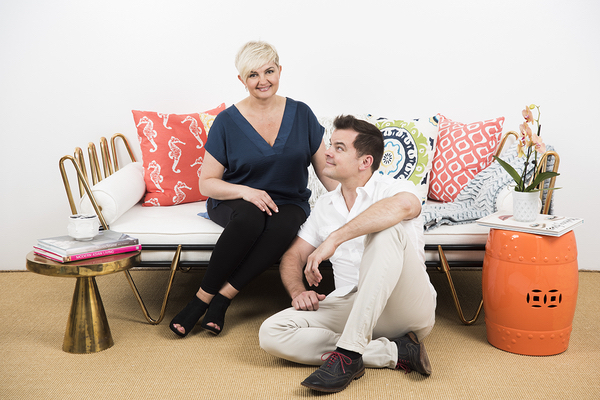
As an indie brand at an enormous retailer like Ulta with over 25,000 products, The Better Skin Co. discovered it was difficult to gain traction because the brand lacked signage to draw customers and store employees weren’t informed about it. “If you go into a store and say, ‘I would like some Better Skin Co.,’ 99% of the time, you are going to get an employee that says, ‘We don’t carry that brand.’ The No. 1 complaint we get on social media is that, ‘I went to Ulta, and they said they don’t have you,’ and we know they do,” says Bishop. “We are just swimming in a sea at a massive company, and that’s not where we want to be.”
Instead, The Better Skin Co. is bumping up its digital marketing budget by roughly 25% in 2020 to strengthen search engine optimization, and advertising via Google, social media and display. To support Ulta, Bishop says, “We spend several hundreds of thousands of dollars a year on marketing. If I can put that toward direct-to-consumer and own that consumer, I can give them a better experience.” While digital customer acquisition has become costlier, he notes the digital environment allows brands to quickly change their tactics to improve outcomes, a capability they don’t have inside comparatively static retail environments they don’t control.
“We are a self-sustaining indie beauty brand that’s not lost money in four years. If we can continue in that vein, I think that’s success.”
For third-party partnerships, The Better Skin Co. is zeroing in on FabFitFun and Amazon in addition to Costco. The brand will have 250,000 pieces dispersed through FabFitFun next year and had 500,000 dispersed this year through the subscription box service. In the last three months, FabFitFun’s site has been the top source of referral traffic to The Better Skin Co.’s site. The brand hired a consultant to guide its Amazon presence and, within a month, the consultant tripled its sales on the e-commerce platform. Amazon contributes only about 3% of The Better Skin Co.’s sales at the moment, and the brand wasn’t available on it in its initial two years as it held out for a retailer it didn’t land that prohibited Amazon. Bishop says, “I wish we had done it before because I think that the retailers who learn how to work with Amazon are going to be the ones that really survive and push ahead.”
He feels The Better Skin Co.’s new distribution strategy will help the brand in light of the modern reality of margins at major retailers. Not long ago, Bishop says, “Retail margins were keystone. You got 50%, and they get 50%. Then, they went up, and you got 45%, and they got 55%. Then, you got 40%, and they got 60%. Now, they say, ‘We get a 60%, and you get 40%, but we need a 10% marketing fee.’ So, you are really at 70%/30%. When you put chargebacks on top of that you, if you are getting 20%, you are doing incredibly well.”
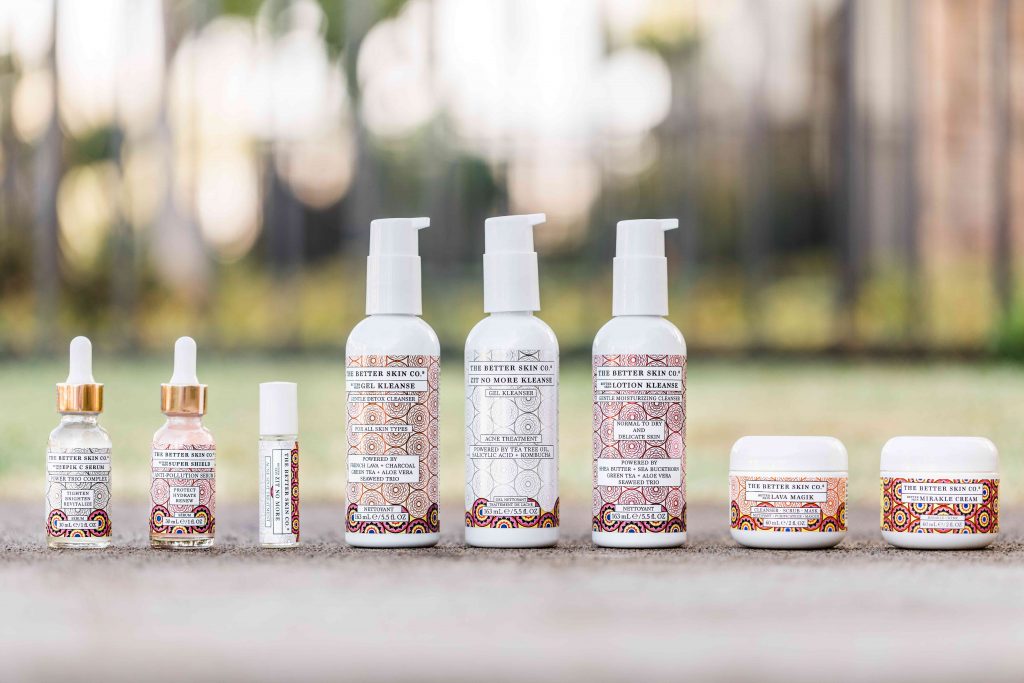
The Better Skin Co.’s distribution evolution isn’t expected to ding The Better Skin Co.’s revenues. In 2020, it anticipates generating $12 million to $14 million in revenues. For Bishop, success is no longer about driving the brand’s sales through celebrated retailers. “We are a self-sustaining indie beauty brand that’s not lost money in four years. If we can continue in that vein, I think that’s success,” he says. “We are adding something positive to the economy, and we are growing as a brand, so I think that’s success.”


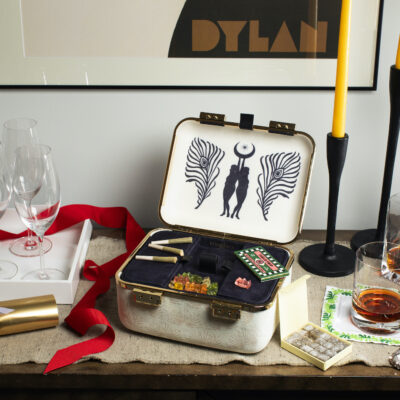
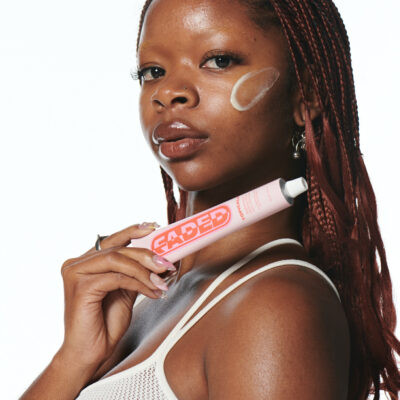
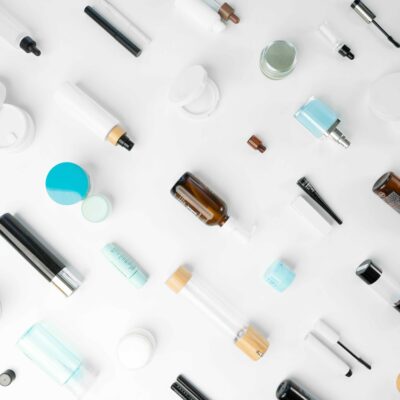
Leave a Reply
You must be logged in to post a comment.